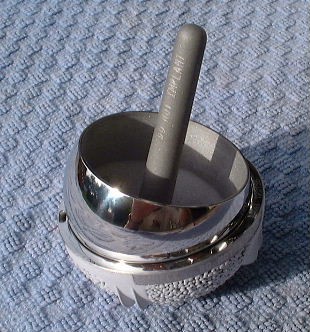The Birmingham hip resurfacing (BHR) is a metal on metal hip implant designed for young active patients with arthritis who wish to remain active. It consists of a metal cap that is placed on top of the smoothed down femoral head, which articulates with an all metal cup that is inserted into the pelvis. A fine film of fluid forms between these surfaces to allow smooth gliding.
The advantages of hip resurfacing over conventional total replacement, are that it is bone conserving, and it allows patients to return to a high level of activity.
Due to the early success of the original BHR, the implant was copied by a number of different implant manufacturers. In April 2010, data from the National Joint Registry UK found that across the UK, there were more failures than expected. These occurred where the implant failed to self-lubricate properly and microscopic particles of metal were released.
The Medicines and Healthcare products Regulatory Agency (MHRA) issued guidelines in 2010 advising that all patients with a hip resurfacing implant should be contacted and reviewed. A small number of patients required revision surgery. These issues were widely publicised by the media, patients and surgeons became more cautious and the operation became less popular.
Over the last twelve months (2013 -14), the procedure has regained popularity. Further analysis of the NJR data, combined with data collected from implant retrieval centres, has revealed the factors associated with implant failure. This enables us to more accurately select patients for a successful outcome. These are essentially young active male patients, and only the original BHR – manufactured by Smith and Nephew – should be used. In this subgroup, studies have shown that the survival of the implant at 10 years is over 98%. Research has also shown that the precise placement of the components at the time of surgery has a significant effect on survival, so the procedure should be performed by a surgeon who is suitably trained and well-practiced in the procedure.
Current Practice
Therefore the BHR is now regaining popularity with male patients under the age of 65, who wish to pursue an active lifestyle.

The BHR implant

XRay BHR